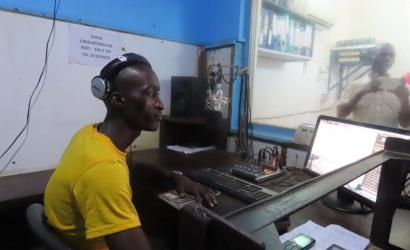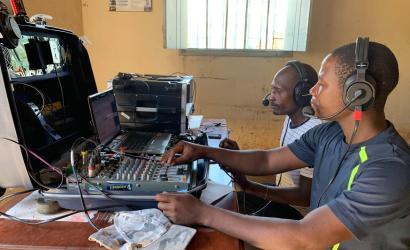Overview
Purpose: The ETC provides technology solutions and infrastructure support to local broadcasters affected by disasters. With limited access to newspapers and the internet, local communities often rely on FM radios to stay up to date with ongoing events. Access to FM radio can be shared easily and relatively cheaply among many people and serves both literate and illiterate populations. When local community FM radio stations are damaged by disasters, local communities often lose their primary means of access to information. The restored FM radio stations help disseminate key messages and information to protect communities, especially the most vulnerable groups.
As an essential link to the affected population, the support provided to local broadcasters can be leveraged to improve one-way communication from Humanitarian organisation and National and local authorities.
Customer segment: Affected Populations, Humanitarian Organisations, National and local authorities.
Description: The ETC rebuilds or rehabilitates community radio stations that serve as a critical source of information for communities. Rehabilitation may include rebuilding damaged towers, replacing antennas, broadcast equipment and power systems.


